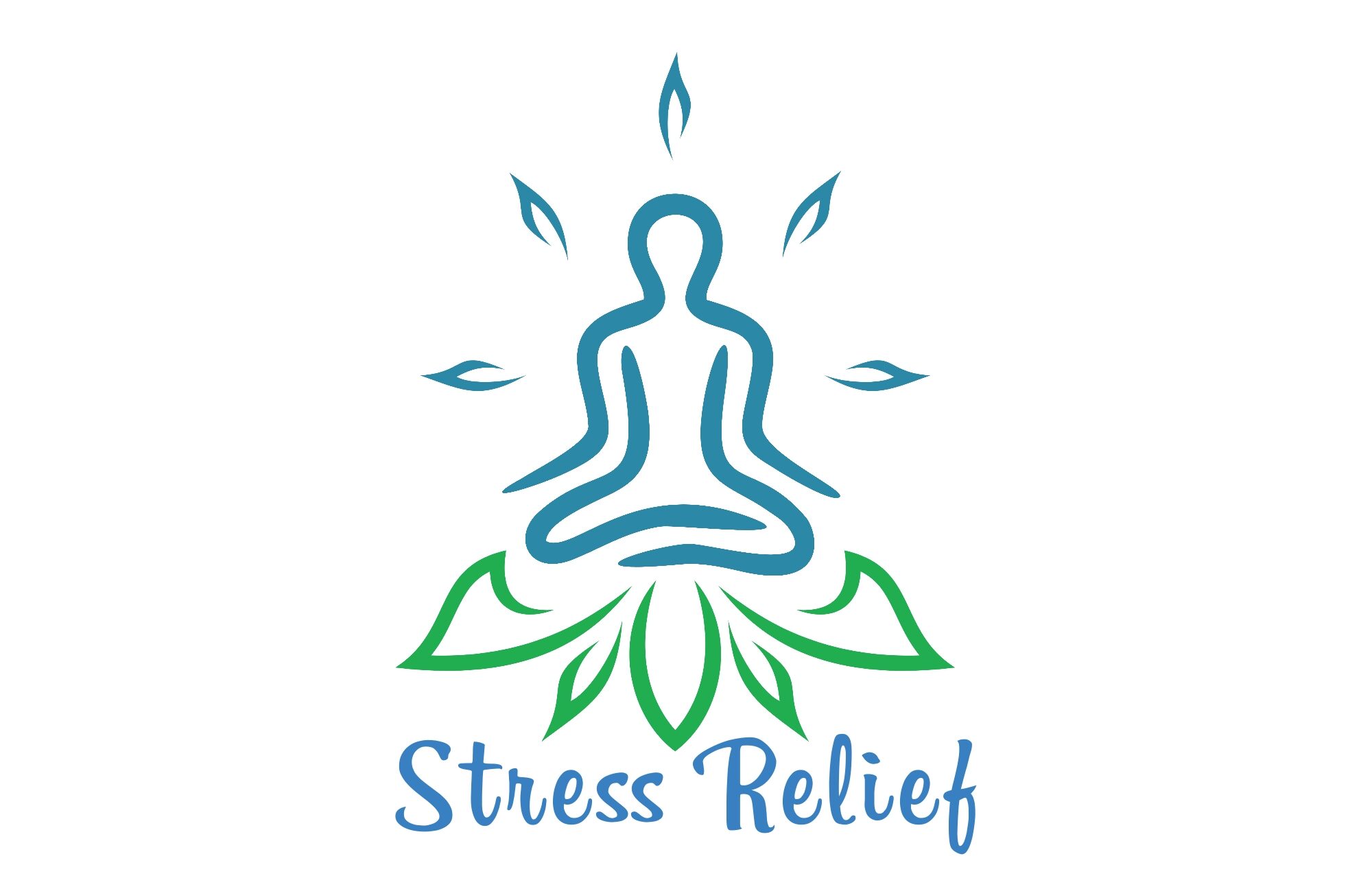I. Introduction
We live in a fast-paced world where work often takes precedence over everything else. While it’s important to be dedicated and committed to our professional lives, it’s equally vital to maintain a healthy work-life balance. Neglecting self-care and stress relief can have detrimental effects on our overall well-being. In this article, we will explore the significance of work-life balance and stress relief exercise schedules & the impact of stress on our health, and how to recognize the signs of an imbalanced routine. We will also delve into the long-term effects of neglecting stress relief.

II. The Benefits of Incorporating Exercise
Exercise has long been recognized as a powerful tool for stress relief. Not only does it benefit us physically, but it also has profound effects on our mental and emotional well-being. Engaging in regular physical activity helps us release endorphins, the feel-good hormones, which naturally alleviate stress and boost our mood. Furthermore, exercise serves as a mental and emotional outlet, allowing us to channel our stress and frustrations into a productive and healthy activity. By promoting overall well-being, exercise enables us to lead a more balanced and fulfilling life.
III. Identifying Your Work Constraints
Before diving into creating a stress relief exercise schedules, it’s essential to analyze our work schedule and commitments. Understanding our work constraints helps us make realistic decisions when it comes to finding time for exercise. Take a close look at your work schedule and identify any busy periods or high-stress situations. This will enable you to plan your exercise routine accordingly and ensure you’re properly managing your stress levels.
Assess the flexibility in your work routine. Are there any opportunities to incorporate exercise during breaks or lunchtime? By recognizing the flexibility in your schedule, you can begin to set realistic expectations and goals for your stress relief exercise routine.

IV. Stress Relief Exercise Schedules
Now that you have a clear understanding of your work constraints, it’s time to design a personalized exercise routine. Consider the optimal duration and intensity of exercise that suits your work schedule and energy levels. It’s important to find a balance that challenges you without overwhelming your already busy routine.
Variety is key when it comes to exercise. Incorporating different forms of physical activity not only keeps your routine interesting but also improves its effectiveness. Try combining cardiovascular exercises like running or cycling with strength training and flexibility exercises. This will provide a well-rounded approach to stress relief and cater to different aspects of your overall well-being.
Consistency and regularity are crucial to building a successful stress relief exercise routine. Aim to exercise at the same time each day or week, depending on your schedule. By making exercise a non-negotiable part of your routine, you establish a healthy habit that will serve as a reliable stress relief mechanism.
V. Overcoming Obstacles and Staying Motivated
Creating and sticking to a stress relief exercise schedule comes with its fair share of challenges. Time constraints often pose a significant obstacle, but with a bit of creativity, you can find pockets of opportunity. Perhaps waking up earlier in the morning or incorporating short bursts of exercise throughout your day will help you make time for physical activity.

Managing fatigue is another common challenge, especially when work demands increase. It’s important to listen to your body and understand when rest is necessary. By incorporating relaxation techniques into your routine, such as yoga or meditation, you can find a balance between exercise and recovery. Aligning exercise with your personal preferences and interests will also help maintain motivation and make it an enjoyable part of your day.
VI. Balancing Work, Exercise, and Other Commitments
Effectively managing time and priorities is essential when juggling multiple commitments. By using time management and prioritization techniques, you can ensure that both work and exercise receive the attention they deserve. Consider scheduling exercise as you would any other appointment or meeting, treating it as a non-negotiable commitment to yourself.
Integrating exercise into a busy work schedule requires careful planning and effort. Look for opportunities to optimize productivity and efficiency in both work and exercise. For example, you might try combining a conference call with a brisk walk or cycling to work to incorporate physical activity into your daily routine. By finding creative ways to mesh exercise with your other commitments, you can maintain your mental health without sacrificing your professional responsibilities.
VII. The Importance of Rest and Recovery
Many of us underestimate the significance of rest and recovery in our exercise routines. Rest days allow our bodies to heal and replenish, reducing the risk of injury and burnout. Additionally, a good night’s sleep plays a crucial role in stress management. Prioritize sleep to ensure you’re adequately equipped to handle the demands of both work and exercise.

Incorporating relaxation techniques into your routine can further enhance your stress relief efforts. Whether it’s taking a warm bath, practicing deep breathing exercises, or engaging in a hobby you enjoy, finding time for relaxation will contribute to your overall well-being. Balancing work, exercise, and rest is the key to a harmonious and sustainable lifestyle.
VIII. Summary For Stress Relief Exercise Schedules
Maintaining a balanced work and stress relief exercise schedule is vital for our overall well-being. By understanding the benefits of exercise, identifying our work constraints, creating an effective exercise routine, overcoming obstacles, and embracing rest and recovery, we can find the equilibrium necessary to thrive both professionally and personally. Remember, self-care is not selfish, but rather a necessity. Make yourself a priority and reap the rewards of leading a well-balanced life.
IX. FAQs (Frequently Asked Questions)
Q: Can a lack of exercise contribute to work-related stress?
A: Absolutely. Physical inactivity can contribute to increased stress levels by depriving the body of the stress-relieving benefits that exercise provides. When we neglect exercise, we miss out on the release of endorphins, increased blood circulation, and the opportunity to clear our minds. Incorporating exercise into our routine can significantly reduce work-related stress.
Q: How can I stick to my exercise routine when work demands increase?
A: When work demands increase, it’s crucial to be flexible and adapt your exercise routine accordingly. Try breaking your routine into shorter, more manageable segments throughout the day. Even a ten-minute walk or stretching session can make a difference. Remember, any exercise is better than none, so be creative and find ways to prioritize physical activity even during busy periods.
Q: Are there any specific exercises or activities recommended for stress relief?
A: The best exercise for stress relief is one that you enjoy and can stick to consistently. While any form of physical activity can be beneficial, activities like yoga, tai chi, and Pilates are particularly known for their stress-relieving properties. These exercises combine movement, deep breathing, and mindfulness, providing a holistic approach to stress reduction.
Remember, maintaining a balanced work and stress relief exercise schedule is crucial for your overall well-being. By understanding the benefits of exercise, identifying your work constraints, creating an effective schedule, overcoming obstacles, and prioritizing rest, you can find the equilibrium that allows you to thrive both professionally and personally.




